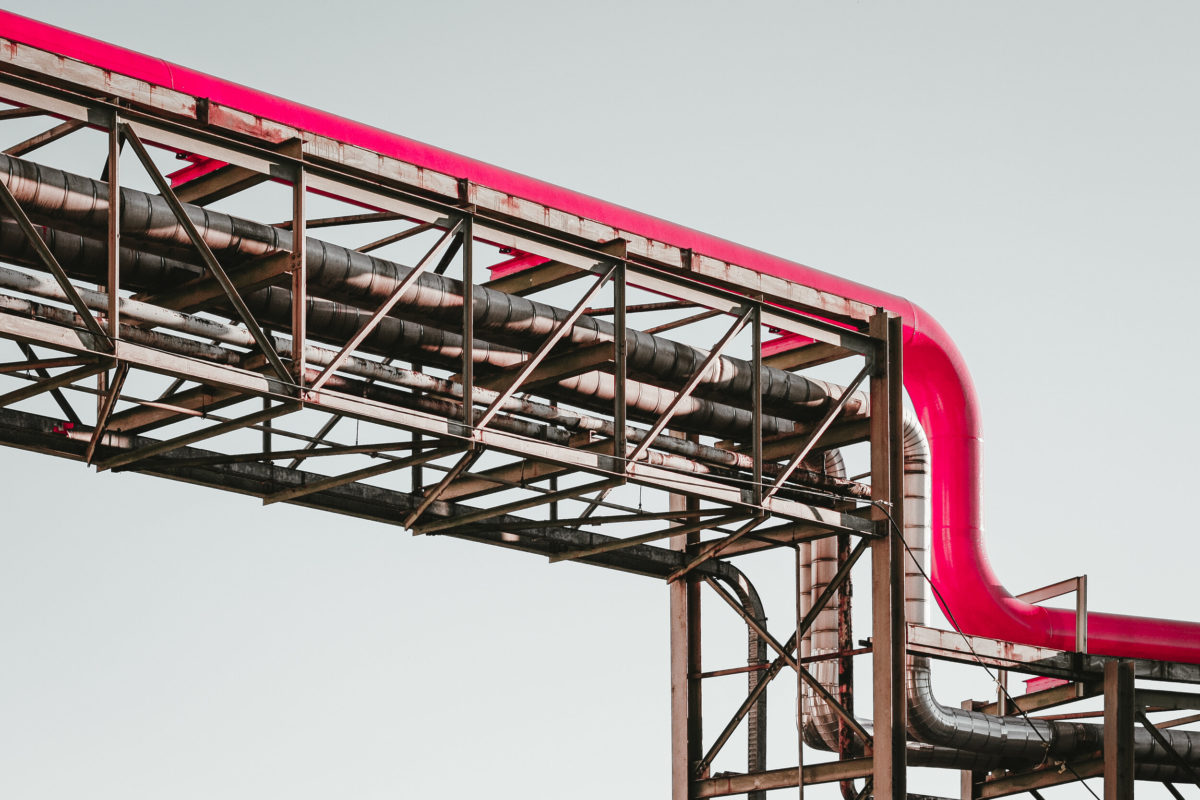Midstream companies see EBITDA, cash flow decreases. Contracts key to LNG export expansions. While gas pipeline volumes have been recovering recently, thanks in large part to a surge in activity among LNG exporters, operators plan to keep spending and growth plans in check heading into 2021.
Kinder Morgan, Enterprise Products Partners and Energy Transfer were among the midstream companies that expressed a desire to maintain cost efficiency, at least until the market further stabilizes. Record daily coronavirus cases in the US could cause demand to pull back again, something the operators are watching for carefully.
Sanford C. Bernstein and Co. said in a Nov. 10 note to clients that commodity prices pose the “greatest risks” to companies with natural gas infrastructure, with lower prices potentially leading to lower production and higher-than-expected prices benefiting pipeline volume throughput and processing plant utilization.
“Reduced production or demand for these products hurts the midstream master limited partnership companies that transport them, leaving pipelines empty and companies unable to earn back their investments,” the firm said. “Higher-than-expected production benefits existing assets while providing companies with more growth opportunities.”
Over half of the top 10 midstream companies in an S&P Global Market Intelligence analysis experienced percentage decreases in both adjusted EBITDA and distributable cash flow during the third quarter of 2020 compared with the prior-year period. Cheniere Energy recorded the biggest declines as customers canceled liquefied natural gas cargoes.
LNG exporters like Cheniere plan to focus on existing operations and sanction new expansion projects only once they have a sufficient number of commercial contracts in place. Some have lowered liquefaction fees they are offering new customers to remain competitive, while others have delayed final investment decisions until next year.
Cost cuts
The midstream firms that posted stronger results benefited from “aggressive” cost cuts and plans to return cash to shareholders as volumes strengthened in the Permian Basin and Marcellus and Bakken shales, according to analysts at Morgan Stanley and UBS.
“We were impressed how quickly [management] teams ‘got’ it,” UBS told clients Nov. 9. “Within two quarters since the onset of [COVID-19], capex came down, there was a real hard focus on costs and a slew of buyback authorizations. … Clearly [management] is listening to investors and attempting to deliver.”
Midstream observers have also been waiting for M&A activity in the upstream sector to trickle downstream, but executives acknowledged that such opportunities may be limited because of market uncertainty and depressed valuations, as well as regulatory hurdles.
“Trust me, we’ve looked at a lot of companies, and there are companies out there that I personally would love to have, but there’s no way we can do it because we’d sell damn near everything we bought,” Enterprise co-CEO James Teague said Oct. 28.
Magellan Midstream Partners Chairman, President and CEO Michael Mears said he anticipates “very few” pipeline mergers in 2021 given that the biggest players are laser-focused on maintaining sturdy balance sheets and implementing stock repurchase programs.
The global energy transition away from fossil fuels also took center stage on third-quarter earnings calls. Investors who are focused on environmental, social and governance issues are pressuring pipeline management teams to address the sector’s future. Among other things, the investor movement has been prompted by a shift at gas utilities and European supermajors to a lower-carbon operating environment to fight climate change. While pipeline executives acknowledged that climate efforts require a significant reduction in emissions, they said such projects must make financial sense.
“The returns are lower and lower than what we would see in [oil and gas] midstream investment,” Kinder Morgan CEO Steven Kean noted. “I don’t see us gambling on an uplift in our overall equity value because we started to make some investments in solar panels or windmills.”
S&P Global Platts, Editor: Allison Good, November 30





